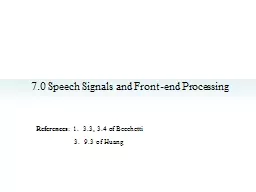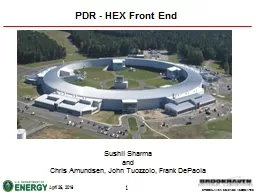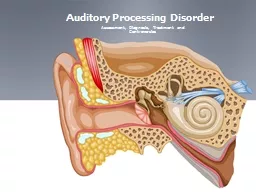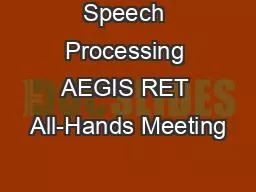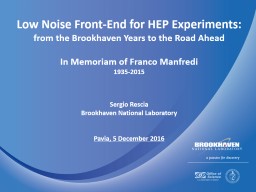PPT-7.0 Speech Signals and Front-end Processing
Author : giovanna-bartolotta | Published Date : 2018-03-19
References 1 33 34 of Becchetti 3 93 of Huang Waveform plots of typical vowel sounds Voiced 濁音 tone 1 tone 2 tone 4 t 音高 Speech Production and Source
Presentation Embed Code
Download Presentation
Download Presentation The PPT/PDF document "7.0 Speech Signals and Front-end Process..." is the property of its rightful owner. Permission is granted to download and print the materials on this website for personal, non-commercial use only, and to display it on your personal computer provided you do not modify the materials and that you retain all copyright notices contained in the materials. By downloading content from our website, you accept the terms of this agreement.
7.0 Speech Signals and Front-end Processing: Transcript
Download Rules Of Document
"7.0 Speech Signals and Front-end Processing"The content belongs to its owner. You may download and print it for personal use, without modification, and keep all copyright notices. By downloading, you agree to these terms.
Related Documents

